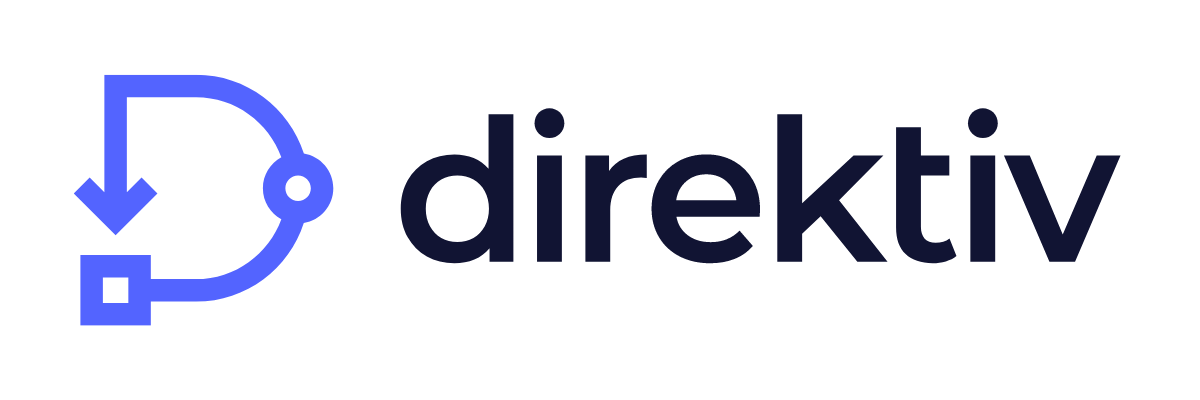Got Technical Debt? Here’s What You Can Do to Keep it From Piling Up
We’ve all been there: an issue crops up at work, and it’s easier (and, in the moment, less stressful) to go with the quicker solution despite its obvious setbacks. Months later, you’re looking at the solution you chose and thinking, “Why on Earth didn’t I just take the time to do it right the first time?!” For IT engineers, these quickly patched problems often snowball into technical debt. Your quickly coded solution results in further bugs or lagging functionality that you have to go back and fix, eating into hours of time you could spend on more productive tasks — like iterating on new product features. Not to mention, the longer the debt accumulates, the more money it could cost your organization to fix.

.png)





